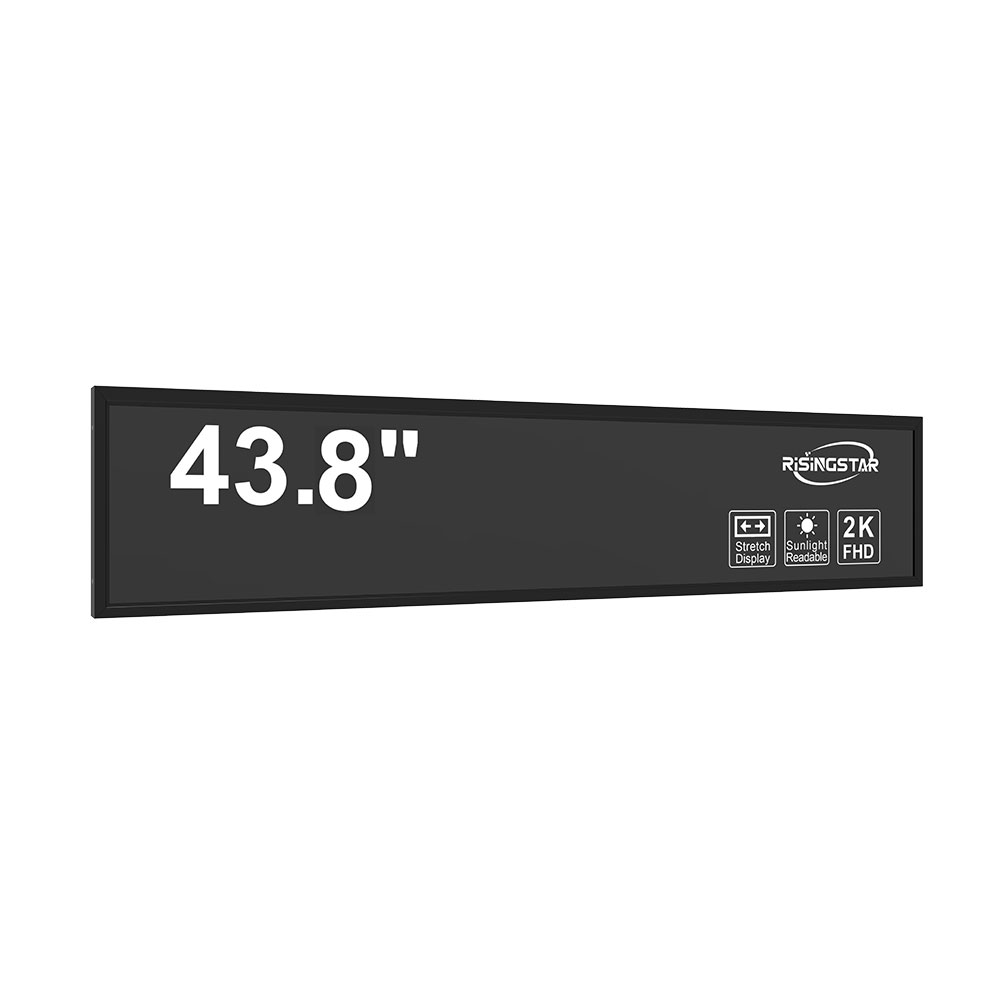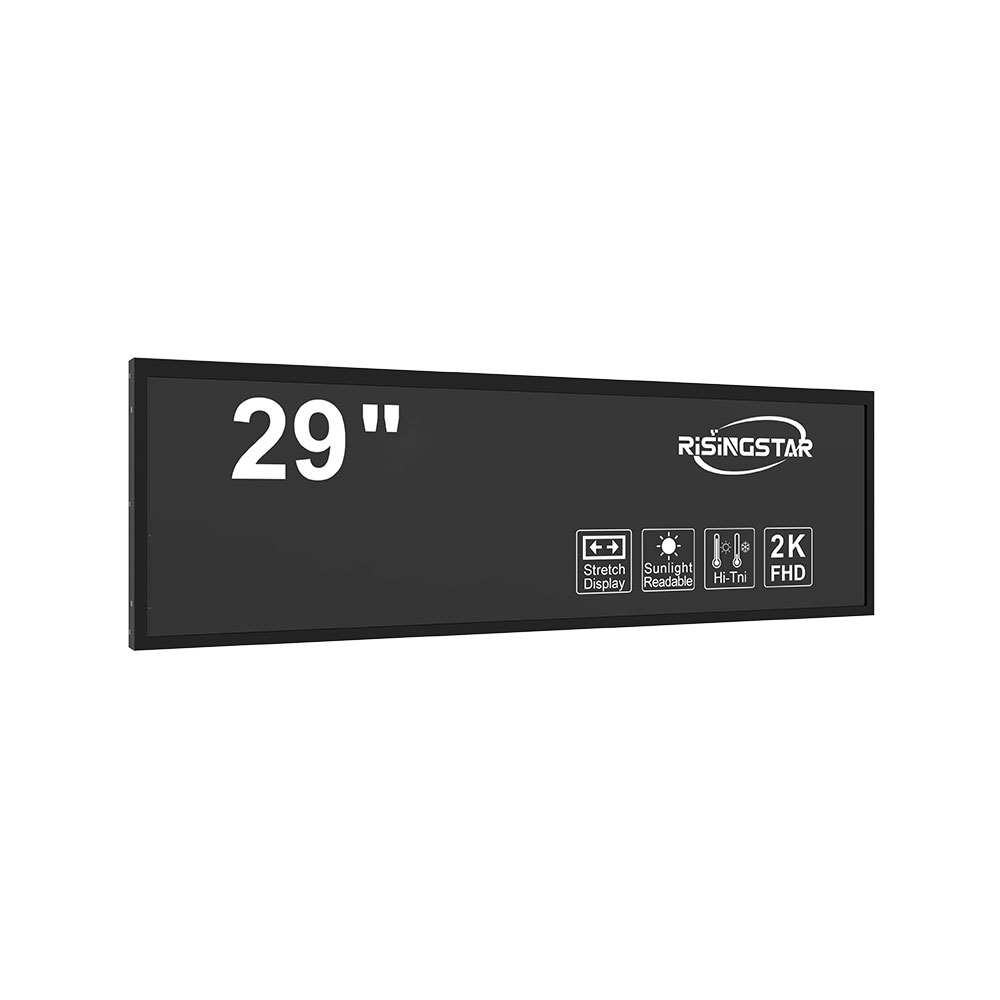- Home
- About Us
- Products
- News
- Video
- Contact
- Send Inquiry
Search
- Home
- About Us
- Products
- News
- Video
- Contact
- Send Inquiry

In the rapidly evolving landscape of digital signage and outdoor display technology, the reliability and durability of LCD screens are paramount—especially when deployed in unpredictable weather conditions. One of the most critical performance indicators for outdoor LCDs is their ingress protection (IP) rating, with IP66 being a widely recognized standard for robust environmental resilience.
The IP66 rating, defined by the International Electrotechnical Commission (IEC) standard IEC 60529, indicates two specific levels of protection:
- The first digit "6" means complete protection against dust ingress—ensuring that no dust can enter the enclosure, even under intense dust exposure such as in desert or industrial environments.
- The second digit "6" signifies protection against powerful water jets from any direction—meaning the screen can withstand high-pressure water spray (e.g., from fire hoses or heavy rain) without internal damage.

This level of protection is essential for outdoor LCD applications including traffic information displays, retail kiosks, public transportation terminals, and construction site monitoring systems. According to a 2023 report by Grand View Research, the global outdoor digital signage market is projected to exceed $27 billion by 2030, driven largely by demand for durable, high-brightness screens capable of operating reliably in extreme conditions.

Manufacturers like LG, Sharp, and Sony now incorporate IP66-rated enclosures into their commercial-grade outdoor LCD panels, often using sealed aluminum frames, gasketed joints, and anti-condensation ventilation systems. These features ensure not only waterproof integrity but also thermal stability—a crucial factor in preventing condensation-induced screen failure during temperature fluctuations.
Case studies reinforce this necessity: In 2021, a major European transit authority installed over 500 IP66-rated outdoor LCDs at bus stops across Berlin. Despite frequent storms and sub-zero temperatures, the screens maintained 99.8% uptime over a 12-month period, significantly outperforming older models with only IP54 ratings. Similarly, a solar-powered smart city project in Dubai used IP66-certified outdoor monitors for real-time air quality data, surviving sandstorms and saltwater exposure along the coastline.
Beyond basic sealing, true IP66 compliance requires rigorous testing per IEC 60529 standards—including 10-minute water jet tests at 100 liters per minute and 120 kPa pressure, and dust chamber tests lasting 8 hours. Third-party certification from bodies like UL, TÜV, or Intertek adds credibility and ensures compliance with international safety norms.
For end users, selecting an IP66-rated outdoor LCD isn’t just about meeting specifications—it’s about minimizing downtime, reducing maintenance costs, and ensuring consistent message delivery in public spaces. As cities adopt smarter infrastructure, the demand for ruggedized displays will only grow, making IP66 a non-negotiable feature in modern outdoor display solutions.